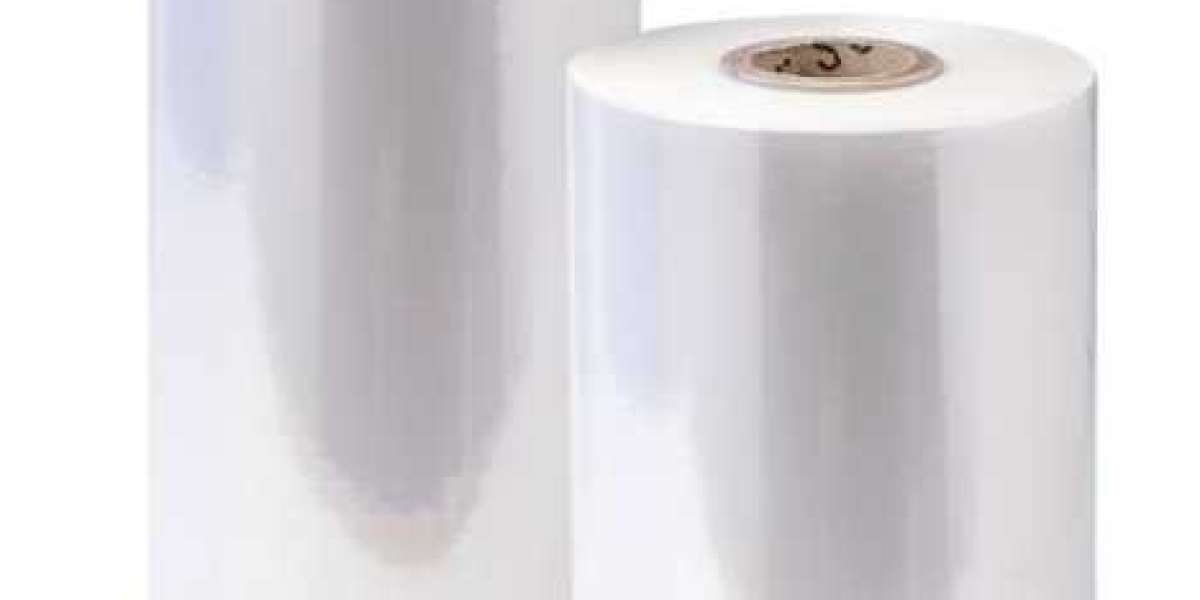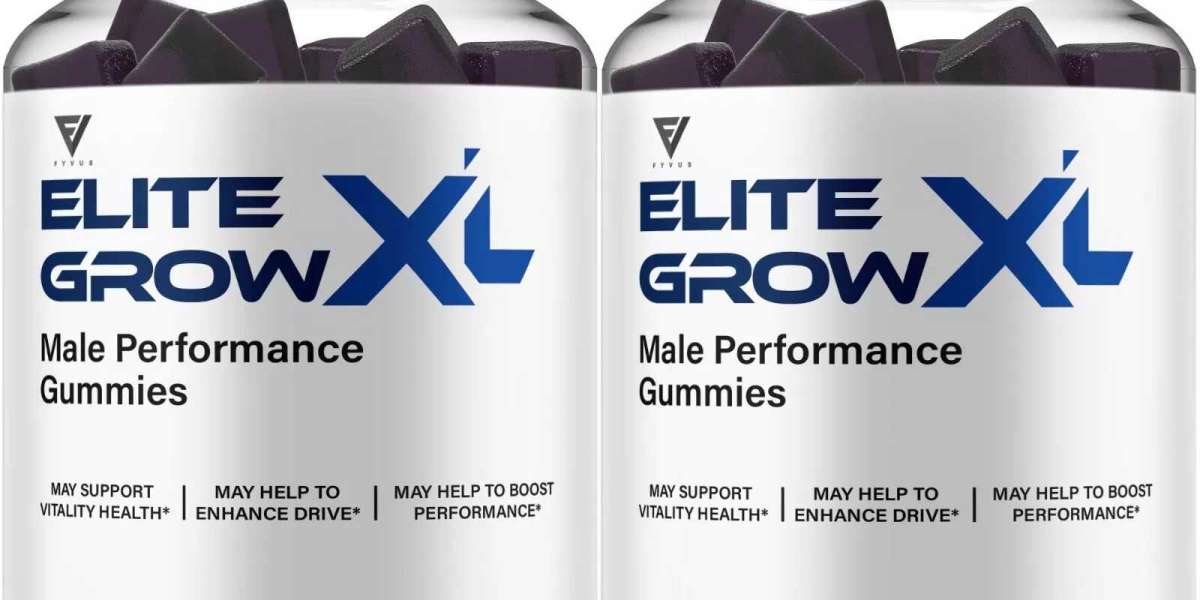As industries demand packaging that is lighter, stronger, and more sustainable, crosslinked shrink films are undergoing a major transformation. By 2030, new materials and engineering breakthroughs will make shrink film not just a packaging tool—but a high-performance, recyclable technology platform.
1. Nanomaterials Unlock Next-Level Strength
The introduction of 2D nanomaterials such as graphene and MXene into shrink films is driving significant gains in strength, flexibility, and even conductivity. For example, Ti₃C₂Tx-enhanced films have shown tensile strength levels above 1.5 GPa. These high-performance films are ideal for heavy-duty packaging and electronic product wrapping, where durability is critical.
Additionally, self-healing coatings and enhanced puncture resistance are extending film applications into sectors that were previously too demanding for traditional materials.
2. Toward Full Recyclability and Circular Economy Alignment
One of the biggest technical challenges with crosslinked films has been their limited recyclability due to irreversible chemical bonds. Emerging reversible crosslinking technologies, including chemical catalysts and hydrolysis processes, are now making it possible to recover and reuse materials effectively.
Furthermore, the shift toward mono-material design, especially all-PE (polyethylene) structures, simplifies recycling and reduces waste processing costs. Combined with barrier coatings, these films can replace multilayer composites without compromising on protection.
3. Lighter Films with No Compromise on Performance
Advancements in nanofiller alignment and radiation crosslinking techniques have allowed manufacturers to reduce film thickness by up to 30% while maintaining strength. At the same time, the use of metallocene polyethylene (mPE) ensures even shrink distribution and lower heat-sealing temperatures—minimizing packaging defects during production.
The next generation of crosslinked shrink films is lighter, stronger, and far more environmentally responsible. With the global push toward circular packaging systems and high-performance logistics, now is the time to upgrade.
At JT Package, we are committed to developing and supplying Crosslinked Shrink Film and Polyolefin (POF) Shrink Film solutions that meet tomorrow's challenges—today.








